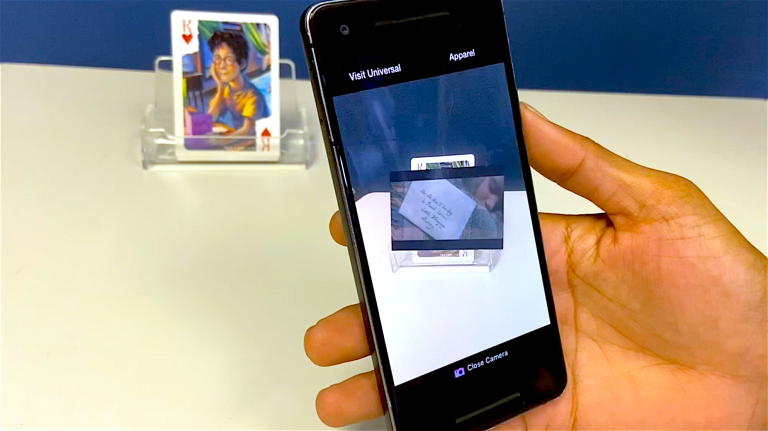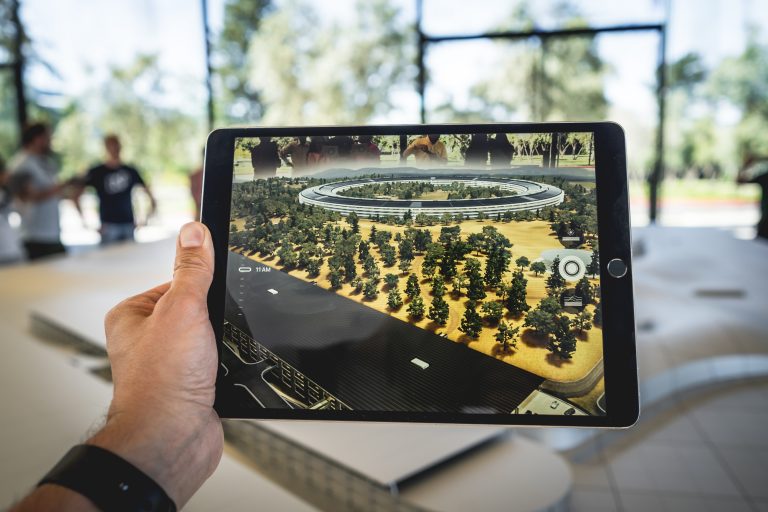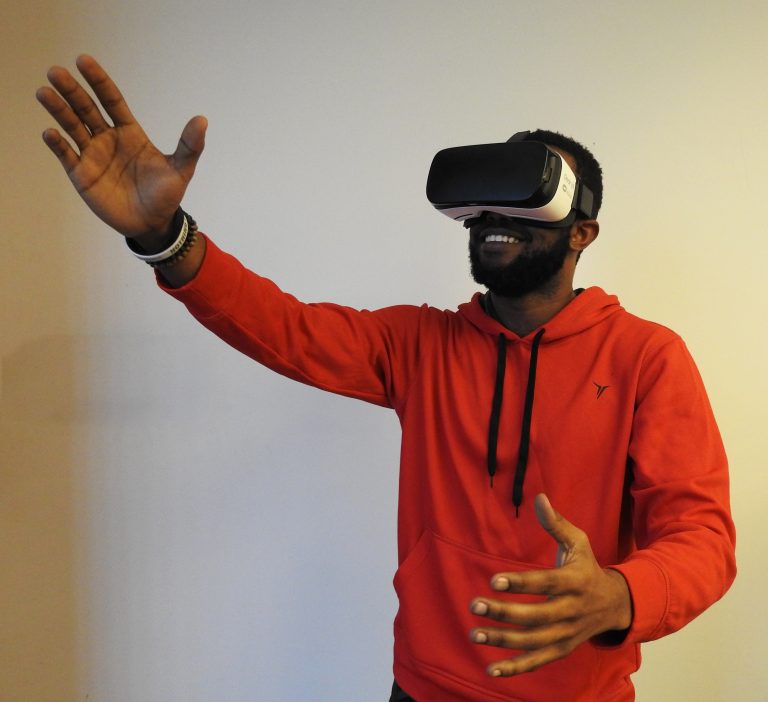
The History of Computer-Generated Reality
While AR was not labeled the official term until 1990, the journey to its development was actively tested many years prior. Technology introduced in the 19th century and beyond paved the way for today’s AR and VR devices. AR and VR history dates back to the 1838 Stereoscope. This gadget required a pair of 2D images to create an augmented 3D image. But that was just the beginning. The 1929 Link Trainer Flight Simulator and the 1938 View-Master contributed to future tech advancements. The Trainer simulated airplane movements and the latter allowed users to experience various 3D visuals when peering through a portable stereo lens. During the 1960s, headset designs launched. These consisted of motion-tracking features with the 1961 Headsight and sense simulations with the 1962 Sensorama and Motorcycle Simulator. But the first VR head-mounted display, which hung from the ceiling and presented real-life graphics, was Ivan Sutherland’s the Sword of Damocles. Flash forward to the 21st century, where it’s likely that you have heard of or personally used these AR and VR devices: the Oculus Rift, Samsung Gear, Sony’s VR headset and more.Augmented Reality & Virtual Reality
The origin of Augmented Reality and Virtual Reality is clear, but the distinction between the two gets muddled. The main difference that sets them apart is that AR displays a live view of virtually implemented elements. This means that your real-world setting has interacting, layered images present. Now with VR, your environment is not the background. Instead, it transports you to a different “world” that is as real as climbing Mt. Everest or as imaginative as exploring the inside of Hogwarts.

Redefining Playing Cards
AR and VR have changed the way that we use playing cards today. This technology has seeped into our daily lives, impacting our gaming experience, education, etc. Here are some examples of this captivating function for playing cards.- Demonstration Cards: We recently manufactured a deck of cards for a Boy Scout troop in California. This sparked an idea to customize a deck of cards with 52 tips to use during a camping trip. Right now, we are working on adding AR to the mix, where each card will include a digitally demonstrated tip. This is a great hands-on lesson for visual learners. Rather than reading a description and attempting to mirror the practice, this AR experience will be accessible and simple. All you need is an electronic device and the designated card deck.
- Trivia Cards: Shuffled Ink is working on implementing AR into your playing card games. Trivia challenges are an entertaining way to test your knowledge of facts about various topics. These trivia cards featured below use video highlight reels to reveal the answer to the printed question. This new wave technology provides the card’s answer through an informative and exciting visual element.
Augmented Reality in Playing Cards
All of these AR videos fall under a demonstrative and informative category. The AR experience involves more than just pictures and text; we now have video and audio to bring it all to life. About two years ago, we wrote an article on the future of playing cards and what that may look like. Augmented Reality was one of our suspected installments. We are happy to have worked with clients who wish to use the AR element. This has transformed playing card opportunities and added a technological outlet for custom playing cards, card games and flashcards alike. ● Official Shuffled Ink website: ShuffledInk ● Make Your Own Custom Playing Cards at: ShuffledInk ● Make Your Own Custom Tarot Cards at: ShuffledInk ● Make Your Own Custom Card Games at: ShuffledInk ● Make Your Own Custom Flash Cards at: ShuffledInkAbout Shuffled Ink
Shuffled Ink is a multigenerational family business that specializes in printing custom playing cards, tarot & flash cards, custom card games, packaging and more for businesses and individuals worldwide.
To receive complimentary samples of our card products, either follow this link or please include your delivery address and phone number on your custom quote request form.